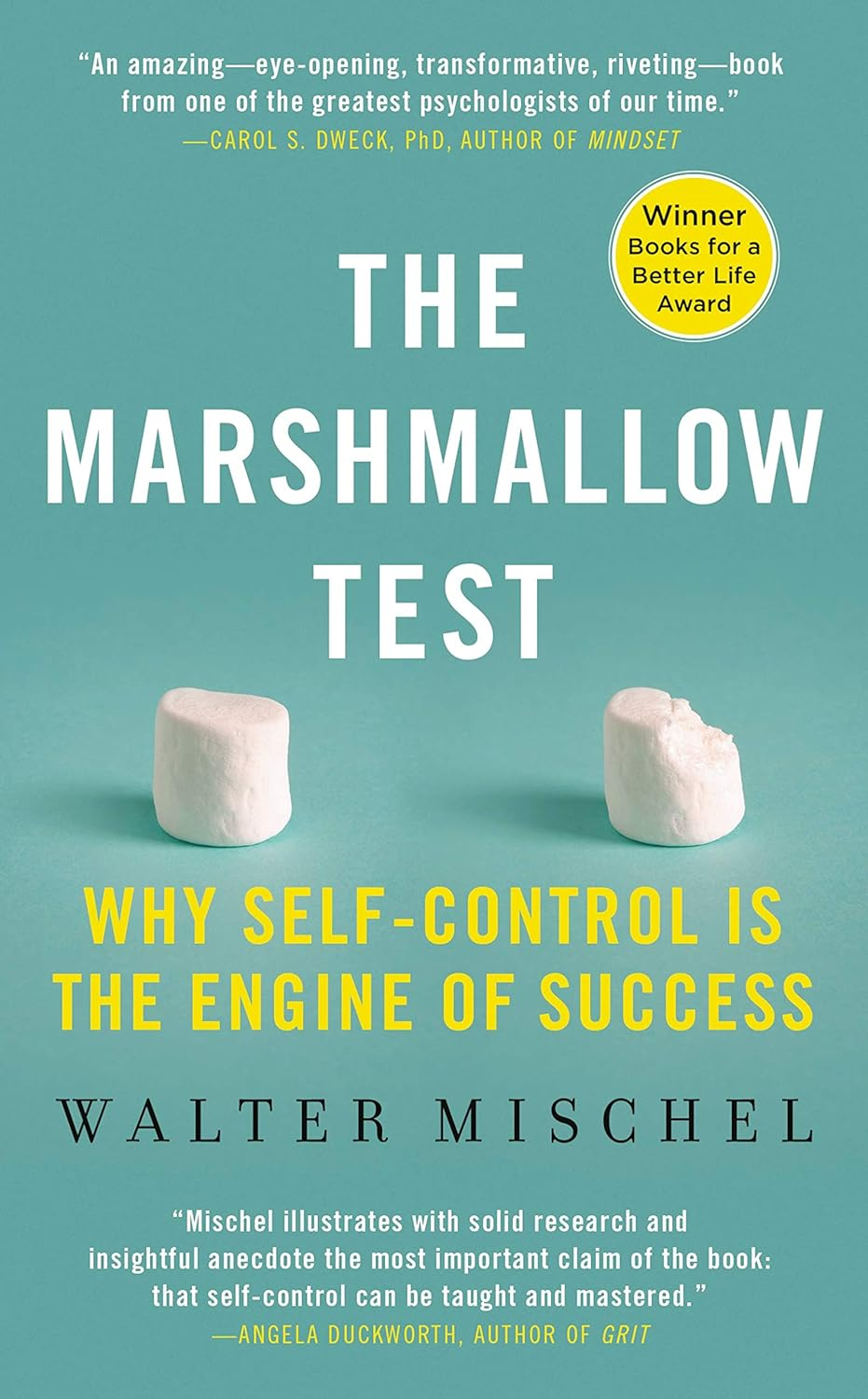← The Marshmallow Test Mastering Self Control
The Marshmallow Test Chapter 2. How They Do It
Author: Walter Mischel Publisher: New York, NY: Little, Brown and Company. Publish Date: 2014-9 Review Date: Status:💥
Annotations
34
HOT VERSUS COOL FOCUS
34
More than half a century ago, the Canadian cognitive psychologist Daniel Berlyne distinguished between two aspects of any stimulus. First, a tempting, appetitive stimulus has a consuming, arousing, motivating quality: it makes you want to eat the marshmallow, and when you do it’s pleasurable. Second, it also provides descriptive cues that give information about its nonemotional, cognitive features: it’s round, white, thick, soft, edible. So the effect the stimulus has on us depends on how we represent it mentally. An arousing representation focuses on the motivating, hot qualities of the stimulus—the chewy, sweet quality of the marshmallows or the feel of the inhaled cigarette smoke for the tobacco addict. This hot focus automatically triggers the impulsive reaction: to eat it or smoke it. A cool representation, in contrast, focuses on the more abstract, cognitive, informational aspects of the stimulus (it’s round, white, soft, small) and tells you what it is like, without making it more tempting. It allows you to “think cool” about it rather than just grab it.
34
To test this idea, in one condition, before leaving the room, the researcher prompted the children to think about the hot, appetitive, appealing features of the rewards: the sweet, chewy taste of marshmallows. In a “think cool” condition, the children were prompted to think about the marshmallows as round and puffy clouds.
35
When cued to focus on the cool features of their rewards, children waited twice as long as when prompted to focus on the hot features. Importantly, when the child thought hot about the specific rewards for which he was waiting, it soon became impossible for him to continue to delay. But thinking hot about similar rewards for which he was not waiting (for example, pretzels while waiting for marshmallows) served as a splendid distraction and enabled an average of 17 minutes of delay. Children who just couldn’t wait when cued to think “hot” about what they wanted right now could easily wait when cued to think “cool” about it.
36
The power is not in the stimulus, however, but in how it is mentally appraised: if you change how you think about it, its impact on what you feel and do changes.
Note: remember how the OFC interprets the emotional value of stimuli based on past experience
36
The tempting chocolate mousse on the restaurant dessert tray loses its allure if you imagine a cockroach just snacked on it in the kitchen. Although Shakespeare’s Hamlet personified tragically unconstructive ways to appraise experience, he made this point insightfully: “There is nothing either good or bad, but thinking makes it so.” As Hamlet also showed, trying to change how we think about or “mentally represent” stimuli and experiences that have become deeply ingrained can be as futile as trying to be your own brain surgeon. How one might cognitively reappraise events more easily and effectively is the central challenge for cognitive behavior therapies—and for anyone seriously committed to trying to change well-established dispositions and habits. It is also the basic question pursued throughout this book.
37
The marshmallow experiments convinced me that if people can change how they mentally represent a stimulus, they can exert self-control and escape from being victims of the hot stimuli that have come to control their behavior. They can transform hot tempting stimuli, and they can cool their impact by cognitive reappraisal—at least sometimes, under some conditions. The trick is getting the conditions right. It doesn’t require Spartan clenched-teeth self-torture to toughen up and take the pain, but it does take more than strong motivation and the best intentions.
